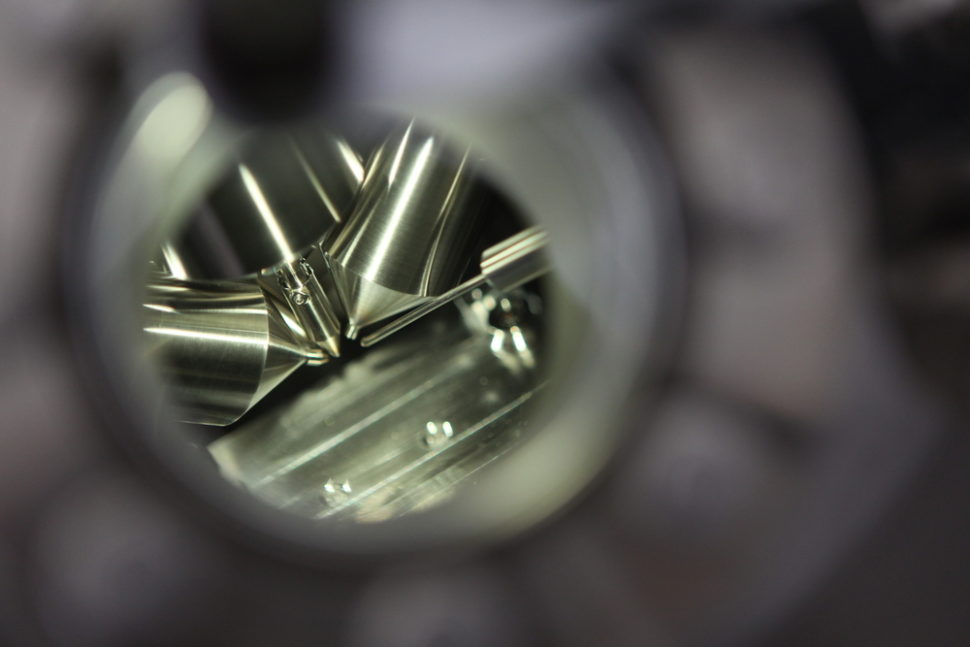Intended for the semiconductor industry, a new portable device based on cold atoms can gauge vacuum levels with unprecedented accuracy.
Since ancient times, the notion of emptiness has always challenged human reasoning. How can one imagine a space where there is absolutely nothing?
Encapsulating this question is “horror vacui” — a term commonly translated as “nature hates vacuum“, attributed to Aristotle. In reality, it should be more accurately read as the “fear of emptiness”.
It’s perhaps because of this fear of emptiness that ancient designs were busy and rich in detail, attempting to fill up as many gaps as possible.
If nature hates a vacuum, so do modern scientists.
Thanks to scientific advances, we know there’s more to a vacuum than meets the eye, literally. As we dive deeper down, we realize there’s no absolute emptiness.
A vacuum could be swarming with Higgs Bosons, WIMPs, ghost particles, neutrinos, particles yet to be discovered, or who knows what else.
If nothing else, there’s always pressure.
Tabletop Device to Measure Nearly Nothing
The concept of the vacuum puts big “pressure” on the semiconductor industry, literally.
The production of semiconductors follows an extremely precise process that requires close control of the pressure conditions in vacuum chambers.
Because of the size of chip circuits and materials used, semiconductor manufacturers have to pump out as much gas molecules and particles as they can and maintain a hermetic sealing.
A minor pressure fluctuation can impair the fabrication process and lead to defects in products. Because of this, keeping a consistent vacuum is critical.
For that, semiconductor manufacturers and semiconductor research labs need highly-accurate devices to measure the pressure inside their setups.
Now, researchers at NIST (The National Institute of Standards and Technology) have designed an advanced pressure measuring device based on ultracold atoms.
The new device, known as the Cold-Atom Vacuum Standard (CAVS), is small enough to fit vacuum chambers. And, unlike current vacuum gauges, needs no calibration at all.
NIST’s tabletop vacuum gauge “also meets Quantum SI criteria, meaning it requires no calibration, depends on fundamental constants of nature, reports the correct quantity or none at all, and has specified uncertainties that are suitable for its application. The new gauge tracks changes in the number of cold lithium atoms trapped by a laser and magnetic fields within the vacuum. The trapped atoms fluoresce as a result of the laser light.”
According to the study, NIST based their research into vacuum metrology on trapping ultracold atoms with the goal of building deployable vacuum gauges.
The result of the research is the p-CAVS that’s designed to replace existing CAVS that are too large to deploy outside labs.
“Nobody has thought about how to miniaturize such a cold-atom vacuum gauge and what kinds of uncertainties it would entail. We are in the process of developing such a system that could potentially replace sensors now on the market, as well as figuring out how to operate and evaluate it.”
NIST researchers are now testing individual components of their new vacuum gauge and expect a working prototype to be ready “in the near future.”


















Comments (0)
Most Recent